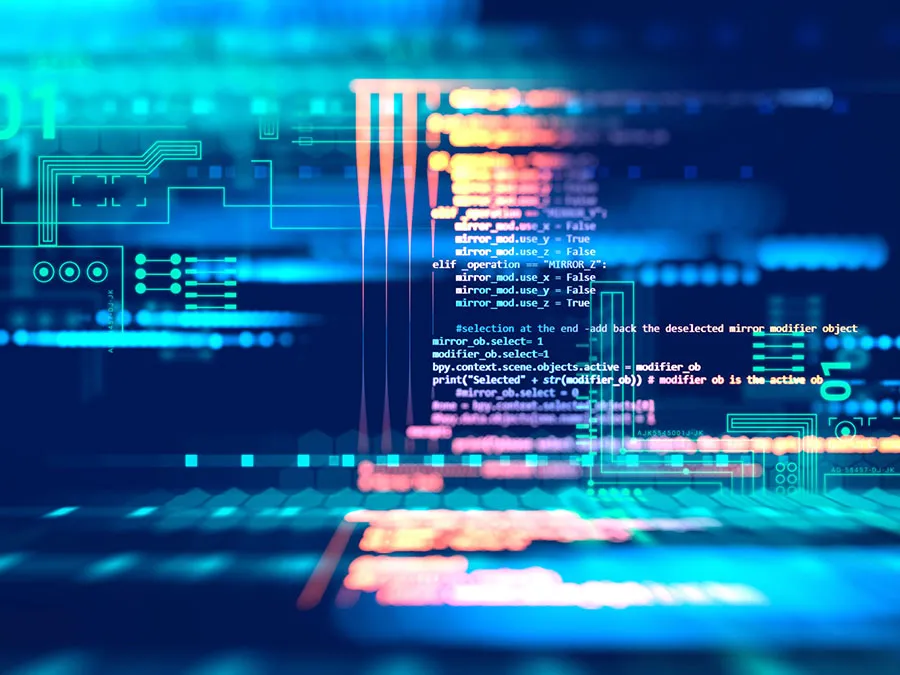

Grace Martinez
Non-Programmers
Traditional computer programming has a steep learning curve that requires learning a programming language, for example C/C++, Java or Python, just to build a simple application such as a calculator or Tic-tac-toe game. Programming also requires substantial debugging skills, which easily frustrates new learners. The study time, effort and experience needed often stop nonprogrammers from making software from scratch.
No-code is a way to program websites, mobile apps and games without using codes or scripts, or sets of commands. People readily learn from visual cues, which led to the development of “what you see is what you get” (WYSIWYG) document and multimedia editors as early as the 1970s. WYSIWYG editors allow you to work in a document as it appears in finished form. The concept was extended to software development in the 1990s.
There are many no-code development platforms that allow both programmers and nonprogrammers to create software through drag-and-drop graphical user interfaces instead of traditional line-by-line coding. For example, a user can drag a label and drop it to a website. The no-code platform will show how the label looks and create the corresponding HTML code. No-code development platforms generally offer templates or modules that allow anyone to build apps.
Grace Martinez
Software Developer